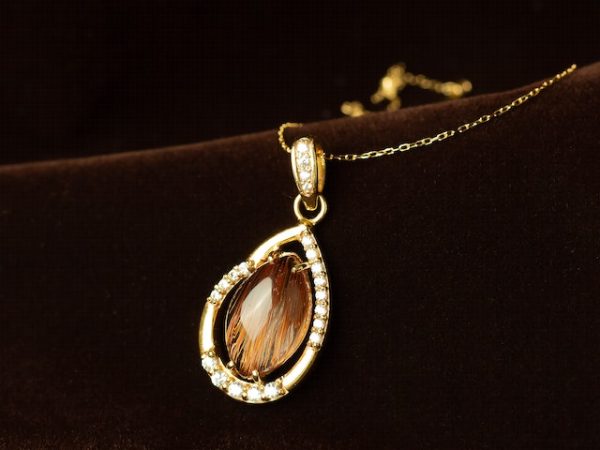From dazzling diamonds to shimmering pearls, jewelry has captivated humans for centuries, transcending time and cultures. The art of adorning oneself with precious metals and gemstones has been a symbol of status, beauty, and personal expression throughout history. Join us on an enchanting journey through the fascinating world of jewelry history, where we explore the evolution of designs, the cultural significance behind each piece, and the enduring allure of these timeless treasures.
Ancient Origins: Our journey begins in ancient times, where jewelry history a significant role in the lives of early civilizations. The Egyptians, renowned for their opulent tastes, crafted intricate jewelry adorned with precious gemstones, such as lapis lazuli and turquoise. These adornments served not only as personal accessories but also as talismans and symbols of power and spirituality.
Meanwhile, in Mesopotamia, the Sumerians and Babylonians adorned themselves with ornate jewelry made from gold, silver, and gemstones. These pieces often featured intricate engravings and were worn by both men and women as symbols of wealth and social status.
The Renaissance of Jewelry: The Renaissance period witnessed a resurgence in the popularity of jewelry. With the rediscovery of ancient Roman and Greek art, jewelry designs took inspiration from classical motifs. Filigree work, intricate gemstone settings, and delicate enamel embellishments became the hallmark of Renaissance jewelry.
During this period, gemstones gained immense popularity, and diamonds emerged as the epitome of luxury and exclusivity. The royal courts of Europe adorned themselves with lavish jewelry, reflecting the power and wealth of the ruling elite. The craftsmanship of this era laid the foundation for the future evolution of jewelry design.
The Art Nouveau Era: The turn of the 20th century brought about a revolution in the world of jewelry with the emergence of the Art Nouveau movement. Inspired by nature’s organic forms and asymmetrical designs, jewelry artists of this era embraced flowing lines, intricate enameling, and the use of unconventional gemstones.
Art Nouveau jewelry, often crafted in gold and silver, displayed a delicate balance between elegance and artistic expression. Renowned jewelry houses such as René Lalique and Louis Comfort Tiffany were at the forefront of this movement, pushing the boundaries of creativity and transforming jewelry into wearable art.
The Timeless Elegance of Art Deco: The 1920s marked the advent of the Art Deco era, characterized by geometric shapes, bold colors, and a focus on symmetry. This design style, influenced by the industrial revolution and the discovery of King Tutankhamun’s tomb, introduced a new aesthetic to jewelry.
Art Deco jewelry embraced the use of platinum, diamonds, and other precious gemstones. The clean lines and intricate patterns of this era exuded an air of sophistication and modernity. The elegance of Art Deco jewelry continues to captivate enthusiasts and collectors to this day.
Contemporary Expressions: In the modern era, jewelry has become a medium for personal expression, transcending traditional designs and materials. Artists and designers experiment with unconventional materials, combining traditional craftsmanship with innovative techniques.
Contemporary jewelry is characterized by its diverse range of styles, from minimalist and abstract to bold and avant-garde. Artisans draw inspiration from cultural, social, and environmental influences, infusing symbolism and personal narratives into their creations.
Conclusion: As we conclude our journey through jewelry history, we come to appreciate the enduring allure and significance of these precious adornments. Jewelry has transcended time and cultures, serving as a medium for personal expression, cultural identity, and a testament to human creativity.
From the ancient civilizations of Egypt and Mesopotamia to the Renaissance and the groundbreaking Art Nouveau and Art Deco movements, jewelry has evolved, adapting to the ever-changing tastes and styles of each era. Today, contemporary jewelry embraces innovation and individuality, redefining the boundaries of what jewelry can be.
